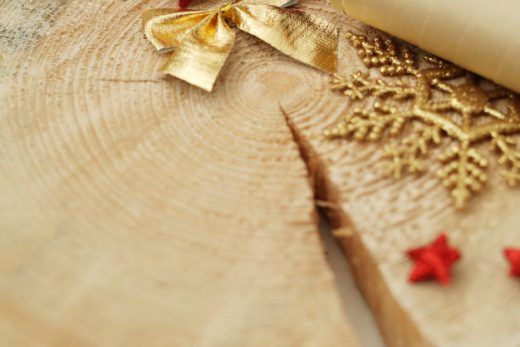If water no longer beads up and rolls off the surface of your raincoat, it has lost its water repellency. Luckily, there are some remedies.
Clean the Raincoat
Washing away surface soil increases the raincoat’s water repellency. Read the care label carefully. For some high-tech fabrics, the heat of the clothes dryer can reactivate the durable water repellent finish (DWR).
Apply New a DWR Coating
Durable water repellent (DWR) finishes can be reapplied with a spray-on or wash-in product. These DWR products, which are also used for tents, are available in most sporting goods stores and online. Follow the manufacturer’s instructions and apply the DWR to a freshly-washed raincoat.
What You’ll Need
Equipment / Tools
Washer,
Large sink or tub,
White microfiber cloth,
Clothes dryer,
Sturdy hanger,
Clothesline or drying rack
Materials
Mild laundry detergent
Enzyme-based stain remover
Durable water repellent product
Dishwashing liquid
Instructions
Read the Care Label
Raincoats come in so many varieties it is essential to read the care label before you clean your coat for the first time. Some raincoats may have a recommendation of dry cleaning only because of the attached linings or inner fabrics that won’t wash well. Some linings can be removed and cleaned separately.
Machine or Hand-Wash?
If the raincoat is labeled as washable, it can be cleaned in the washer or by handwashing in a large sink or bathtub. Follow the same recommendations for water temperature and detergents for both types of cleaning.
Pretreat Stains
For vinyl or plastic coats, use a damp microfiber cloth and a dab of laundry detergent or dishwashing liquid to wipe away visible mud and soil. For woven fabric raincoats, pretreat food stains and body soil around the inside of the collar and cuffs with a dab of an enzyme-based stain remover or a bit of the laundry detergent. Rub in the cleaner with your fingers and allow it to work for at least 10 minutes to loosen the soil before you wash the raincoat.
Select a Water Temperature and Washer Cycle
Cool or lukewarm water is best for raincoat fabrics. Excessively hot water can soften vinyl and plastic finishes and leave hard to remove wrinkles. Choose the gentle or permanent press cycle for raincoats to limit agitation.





